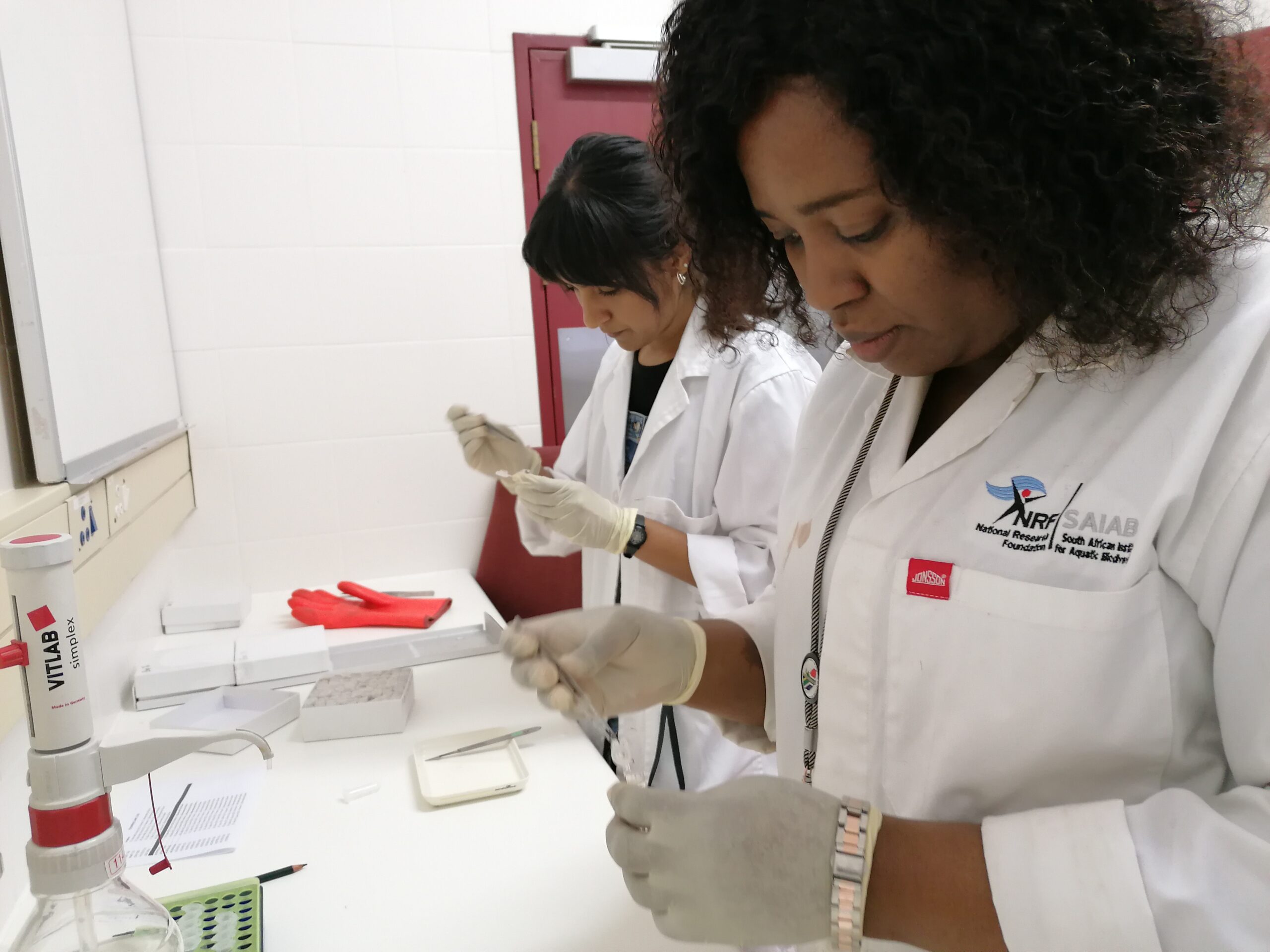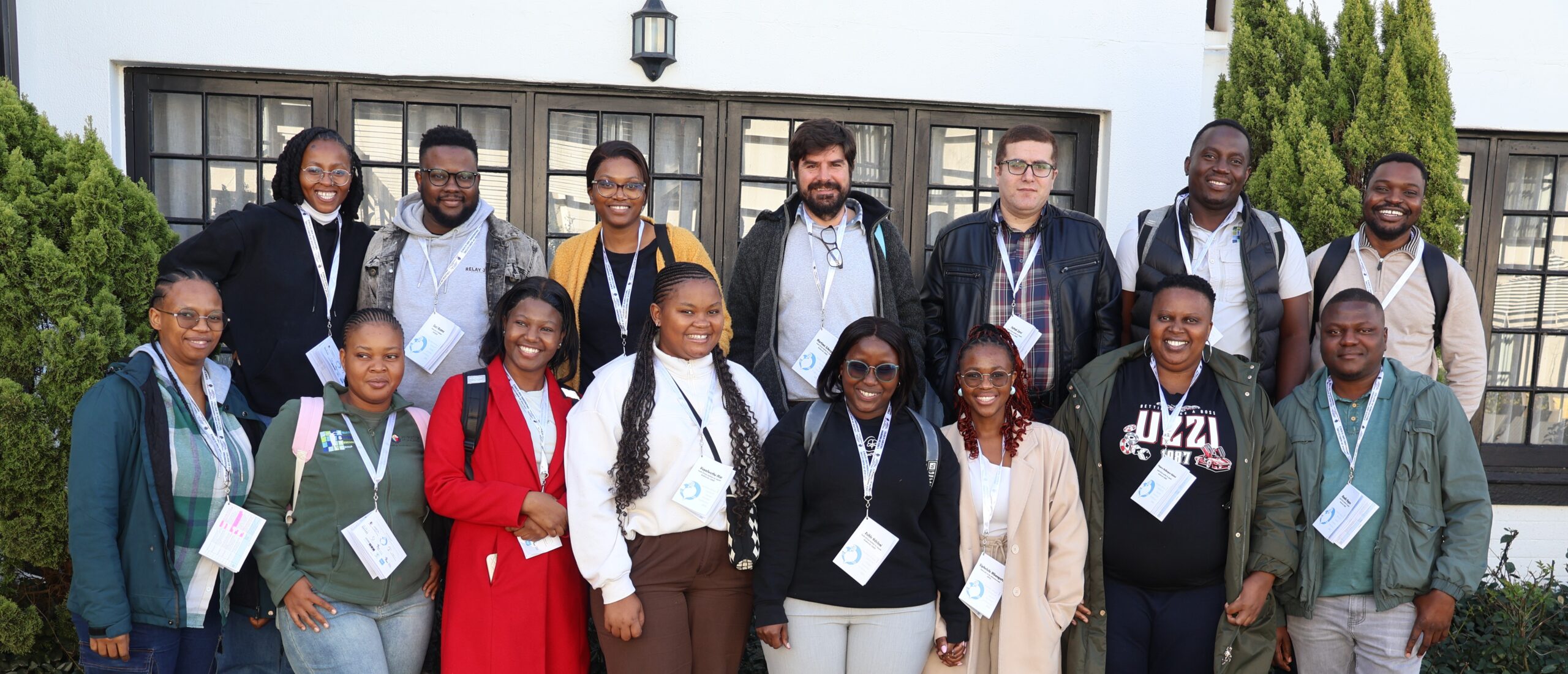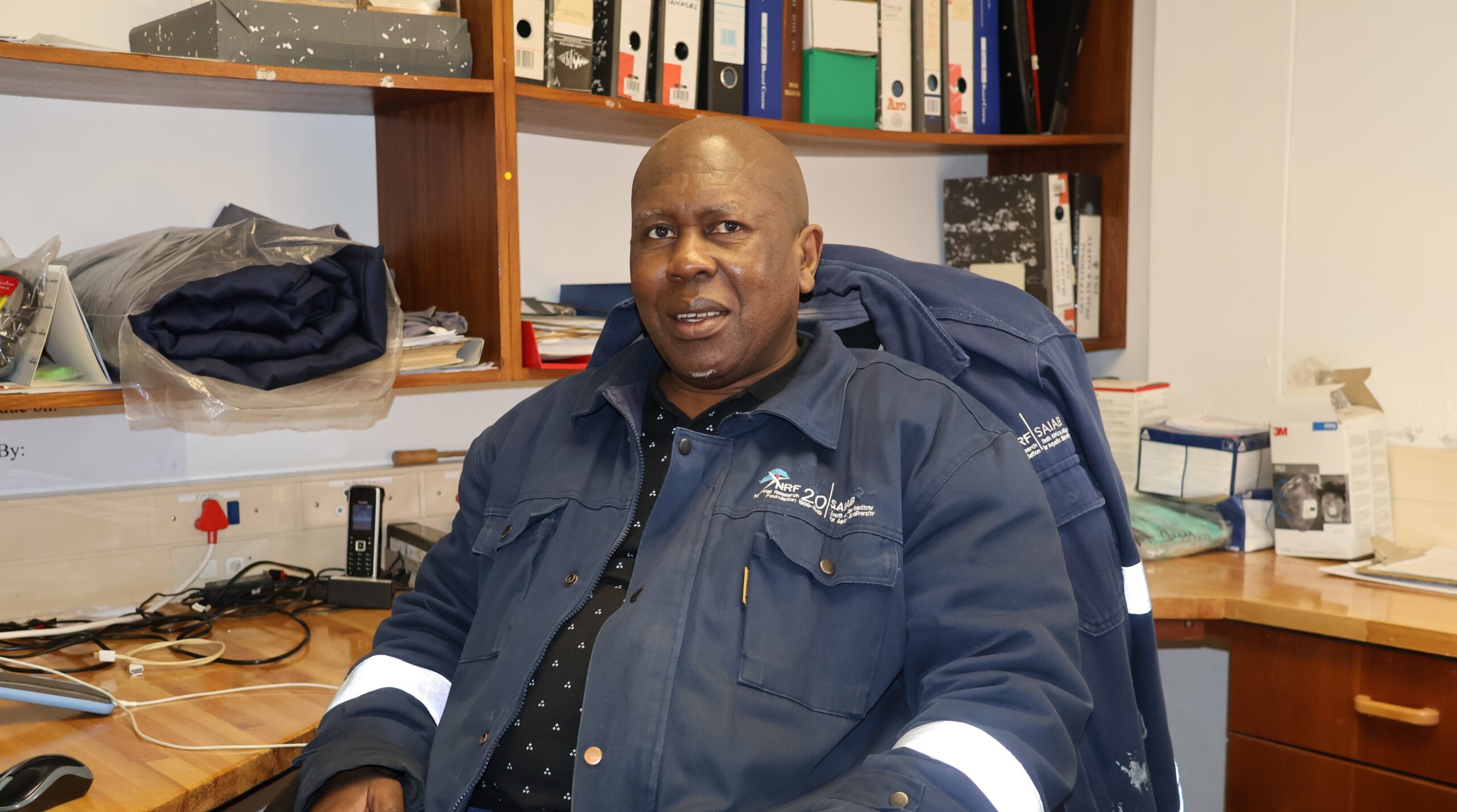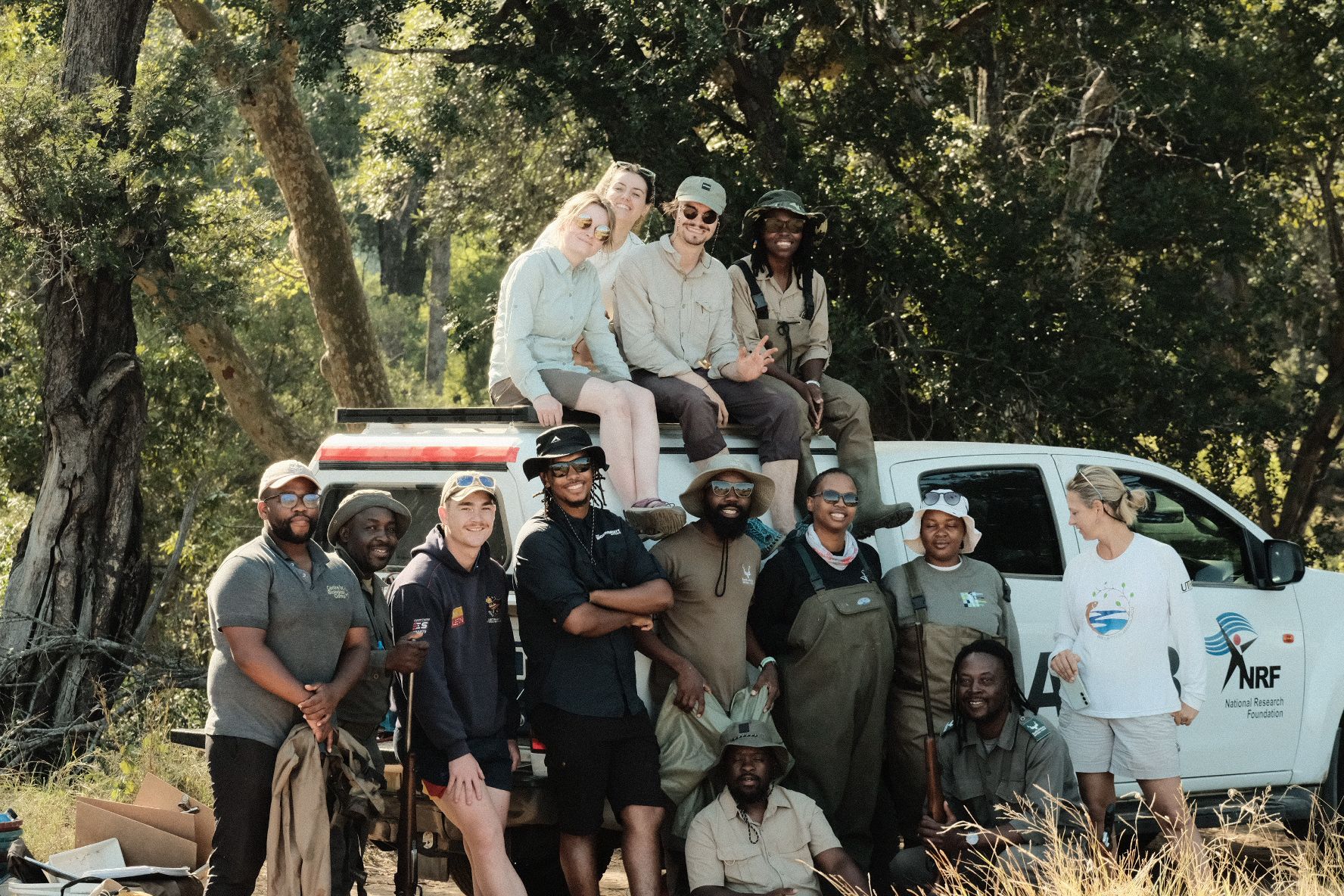By: Seshnee Reddy , Biobank Coordinator at NRF-SAIAB.
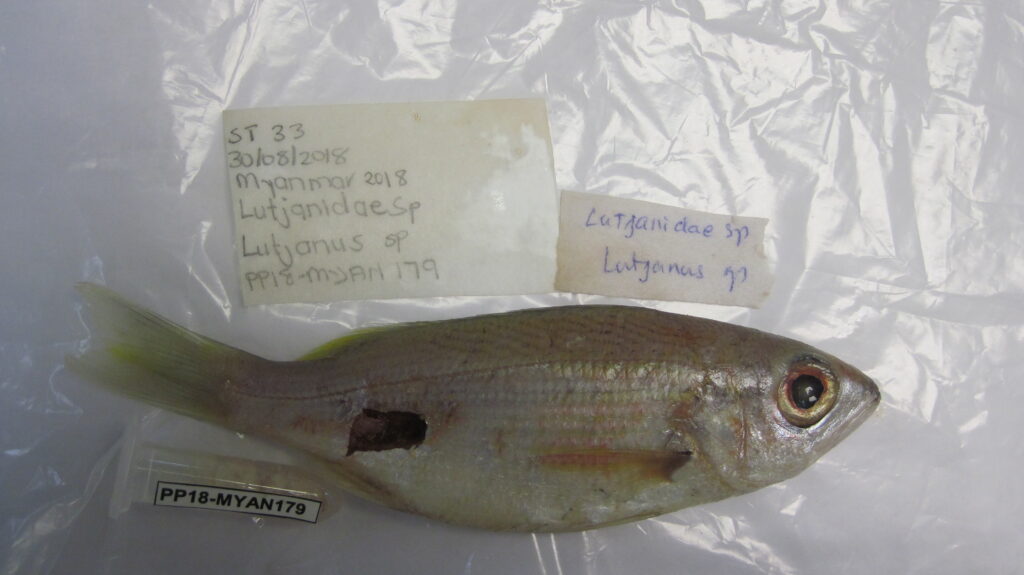
In a world where climate change, habitat destruction, overexploitation and pollution are leading to increasing loss of biodiversity that is altering the capacity of the Earth to sustain life, Biodiversity Biobanks are emerging as vital tools for the preservation and exploration of the genetic diversity of Earth’s species. These repositories, unlike libraries or banks, store biological samples such as tissue, DNA, seeds and blood, along with valuable information about the organisms they represent. The National Research Foundation’s South African Institute for Aquatic Biodiversity (NRF-SAIAB) is at the forefront of this essential work, with its Aquatic Biobank, situated in Makhanda, Eastern Cape, playing a significant role in the conservation and scientific research of aquatic species.
The NRF-SAIAB Aquatic Biobank is nestled within the NRF-SAIAB Collections Facility and currently houses over 45 000 tissue samples of aquatic species, including fish, amphibians and invertebrates. These samples are stored in a solution of 99.9% ethanol in two-millilitre Eppendorf tubes. The biobank facility hosts state-of-theart equipment, with a total of six minus-80-degree-Celsius freezers. To ensure the safety of these vital samples, the facility employs generators, UPS systems and backup CO2 cylinders to maintain uninterrupted power to the freezers, with constant monitoring using an online system and temperature sensors. These storage conditions and backup systems ensure that the DNA in tissue samples is not damaged and can be used by researchers to generate DNA sequences that are accurate and reliable.
The six freezers can store a total capacity of 235 224 samples. The biobank serves as a repository for geneticmaterials, which are essentially the genetic blueprints of nature, allowing for the long-term storage of invaluable biological samples that can be used for future research and scientific discoveries.
Apart from the Biobank, the NRF-SAIAB Collections Facility also hosts a wet collection of whole specimens known as ‘vouchers’. These specimens are stored in 70% ethanol in glass jars, with the collection currently comprising 123 792 lots and over a million specimens. The collection is primarily dominated by the National Fish Collection and is expanding to include amphibians, cephalopods and tunicates. The tissue samples stored in the Biobank are derived from these vouchers, offering researchers the opportunity to study both the genetic makeup and external characteristics of specimens (such as the length, number of scales, fins and gills) for accurate identification.
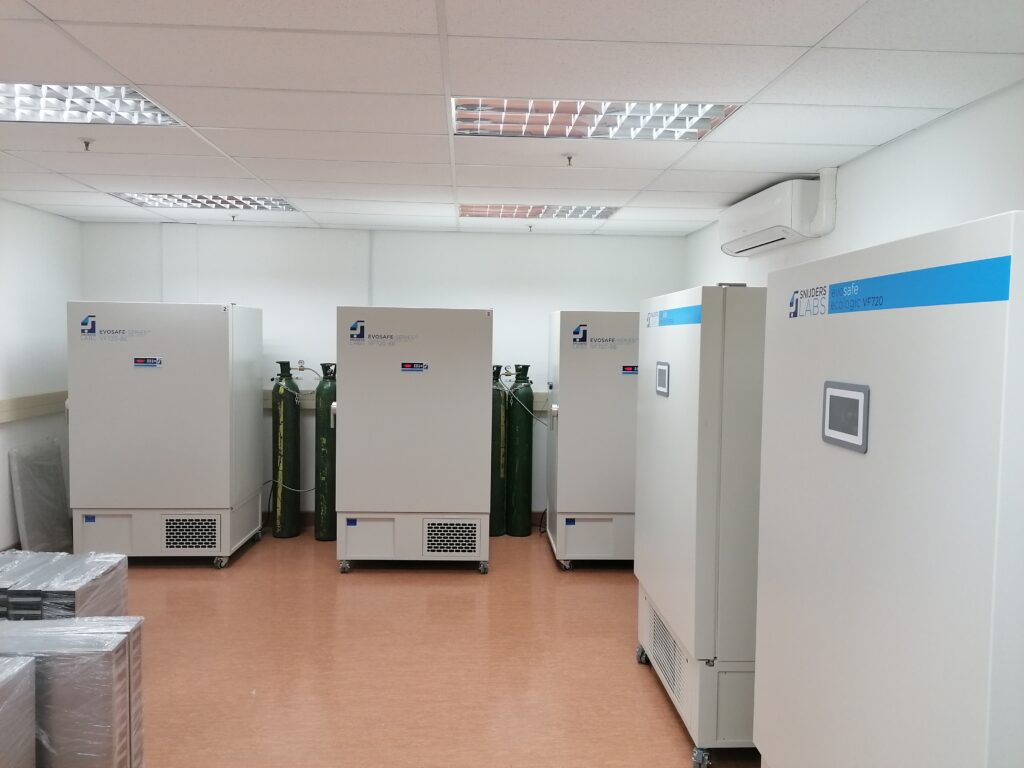
Keeping such vast collections organised is essential, and each sample is stored in uniquely labelled tubes or jars. Information related to the specimen and its linked tissue is stored with software called Specify, allowing researchers to search for and request tissues from specific species they are working on.
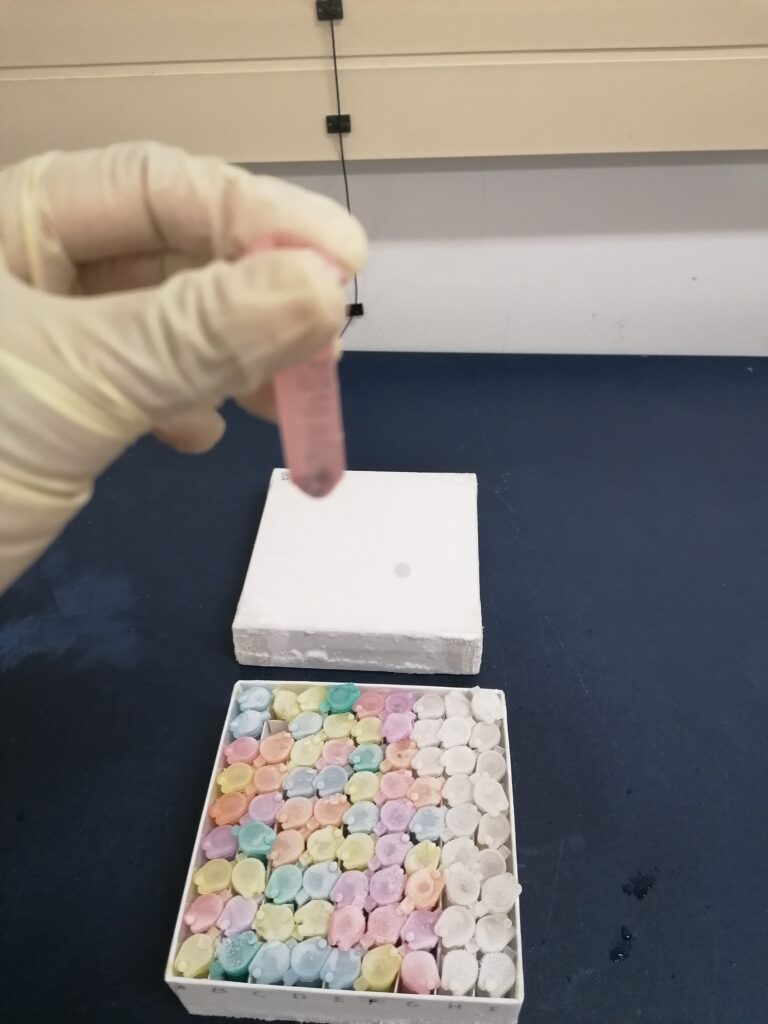
The NRF-SAIAB Collections Facility and Biobank are open access platforms, welcoming researchers, both local and international, to request the use of tissue samples and vouchers, thereby promoting open science and shared scientific resources. Data from the facility is accessible through the Global Biodiversity Information Facility (GBIF).
Furthermore, the NRF-SAIAB Biobank is a core biobank of the Biodiversity Biobanks South Africa (BBSA), a research infrastructure project funded by the Department of Science and Innovation (DSI) and hosted by the South African National Biodiversity Institute (SANBI). The BBSA serves as a coordinating and supporting mechanism for numerous biodiversity biobanks in South Africa, with the main aim of increasing the range and quality of samples stored and distributed, and increasing and improving access for research and development.
Interesting facts about the potential of biodiversity biobanks:
Bioprospecting for pharmaceuticals
One of the most promising aspects of biodiversity biobanks is their potential impact on the future of medicine. The genetic diversity of plants and animals held within these biobanks can provide essential resources for the development of novel medicines and advancements in biotechnology research. For instance, marine sponges found in these biobanks have produced intriguing chemicals with antibacterial and antiviral properties, offering potential treatments for various diseases in humans.
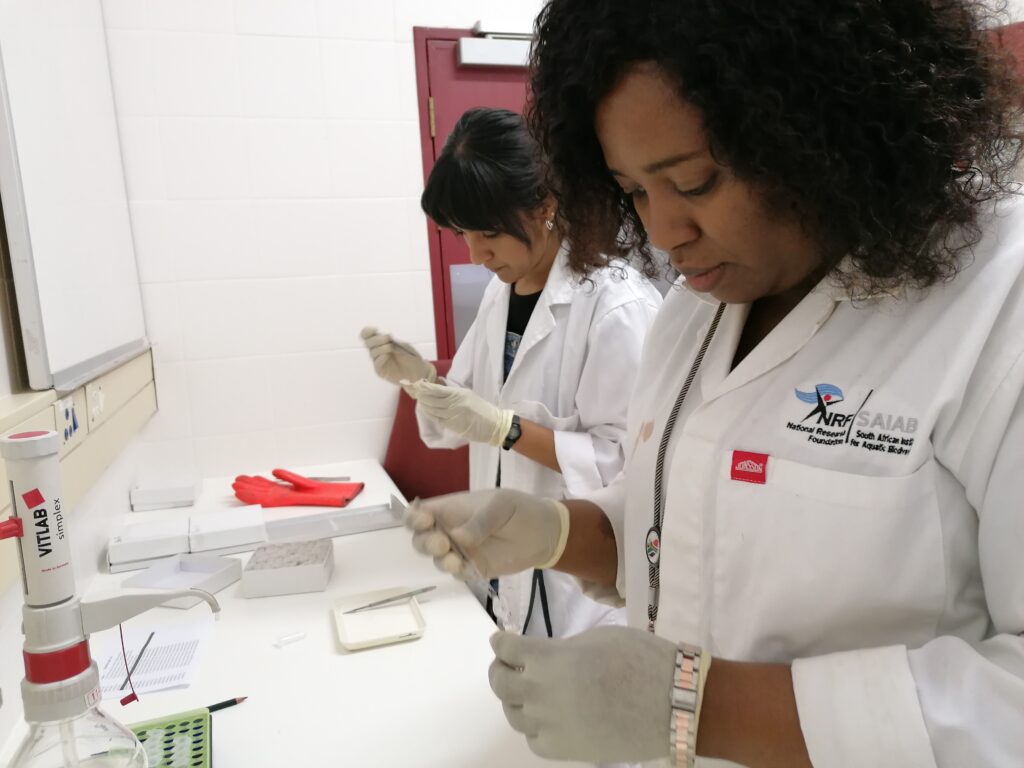
Uncovering some of nature’s most hidden secrets
From identifying new species to understanding the functioning of ecosystems, biodiversity biobanks are helping scientific researchers uncover nature’s most hidden secrets. Researchers can study the DNA from the tissues stored in Biobanks, using the sequences of base pairs to gain insights into individual organisms and their species. This knowledge can help predict potential future changes in the environment and the composition of its species.
For those interested in witnessing the importance of these biobanks first-hand, the NRF-SAIAB offers tours of its facilities. Exploring the diverse aquatic species and the critical work conducted at the facility can inspire individuals to engage in scientific research, contribute to the preservation of species, and even to collect more aquatic samples for the Biobank. In a world where biodiversity preservation is of paramount importance, these biobanks are truly nature’s insurance policy for the future.
Article written by Seshnee Reddy , Biobank Coordinator at the National Research Foundation’s South African Institute for Aquatic Biodiversity (NRF-SAIAB).
This article was first published by Quest magazine: Science for South Africa – Volume 19 | Number 4 | 2023
